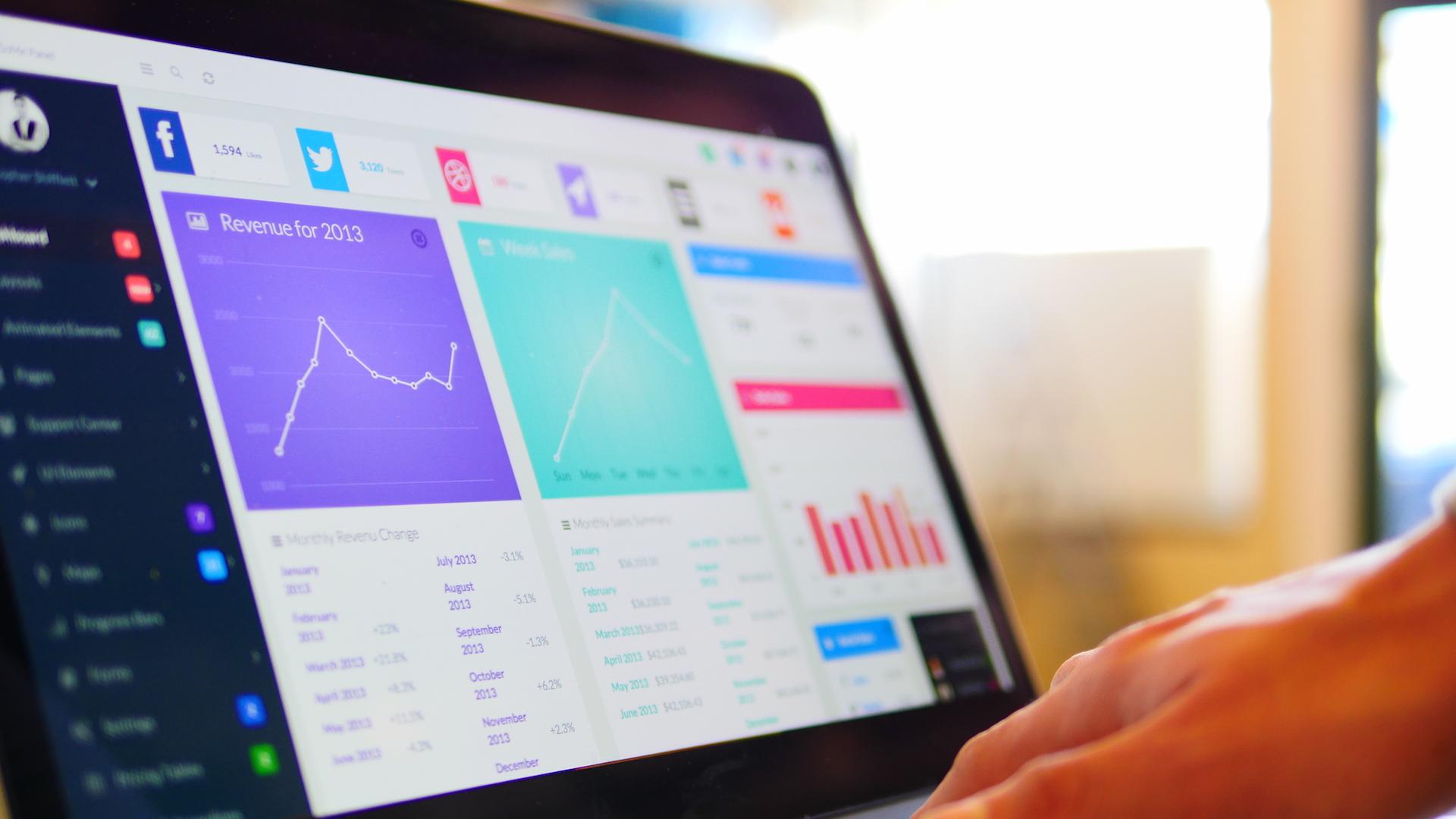Social Media Dashboards: No Longer Just for Managing Facebook and Twitter

Marketers have long used social media dashboard services like HootSuite to keep up with social networking accounts, but dashboards are evolving. Today’s businesses can use dashboard services to keep up with a wide variety of online activities, allowing them to easily control every aspect of customer relations.
Enter the era of “social listening.” As you prepare your next online campaign, here are a few ways you can use your social media dashboards to more efficiently manage operations.
Blogging
Using WordPress’s HootSuite plugin, businesses can add HootSuite to the backend of their WordPress pages. This creates an administrative gateway within WordPress that lets a business more easily manage its blog posting activity. From within a business’s WordPress dashboard, a business can coordinate posts and deploy them without having to launch a separate application. If multiple employees access a business’s WordPress site, the admin can lock down their ability to view the HootSuite dashboard through user permissions.
Analytics
Data is the key to everything, with businesses increasingly demanding hard numbers to drive business decisions. Cyfe can monitor a business’s websites and servers to pull information on the number of new signups, app downloads, subscriptions, and more. This is in addition to information about brand mentions on social media and follower activities. The service’s in-depth analytics help provide a business with everything it could need to know about customer activity in one convenient place.
Customer Service
In addition to helping reach new customers, social media now provides a way for businesses to improve customer service offerings. HootSuite’s Social Customer Service option lets companies monitor social media accounts for customer questions and brand mentions. Using the dashboard, these mentions can be assigned to specific team members, with those tickets being tracked and escalated as needed.
Finance and Accounting
Despite the many tools available to track business finances, it’s tough for a company to keep constant tabs on income and expenses. Cyfe’s finance dashboard gives users an overview of revenue, including a breakdown of where the budget is currently being spent. Through its widgets, Cyfe can integrate with financial tools like FreshBooks, Shopify, and PayPal, among others. Being able to consistently track this information can help businesses know right away when income and expenses are out of line.
CRM
Integration with Salesforce allows Cyfe to be used to track your business’s sales funnel, including visitors, leads, customers, and repeat customers. Users have at-a-glance access to information on top-selling employees, sales goal progress, and top ongoing opportunities. This information can help a business’s marketing department stay involved in what the sales team is doing in order to tweak marketing efforts accordingly.
Server Performance
Also built into Cyfe is the ability to monitor a business’s IT performance. Companies don’t have to wait for reports from IT staff to learn more about server uptime and load. As a business grows, demand on IT resources can lead to serious problems, potentially disrupting your ability to serve your customers. Cyfe’s dashboard lets a business know the last day a server was down, average page load time, users by server, and the server load for each of a business’s servers. By keeping up with this information, a business can make informed, up-to-date decisions about changes that need to be made to distribute its usage more evenly across multiple servers.
While services like HootSuite, TweetDeck, and Cyfe are still primarily designed to help businesses manage social media, they are continuing to evolve. By studying different offerings and choosing the solution that best matches your own business’s needs, you’ll be able to get the most out of the social media dashboard service you choose.



